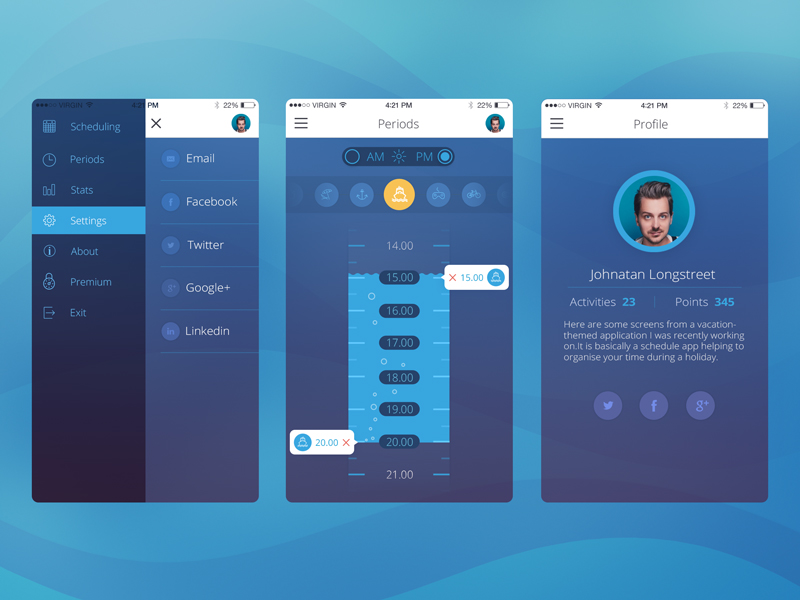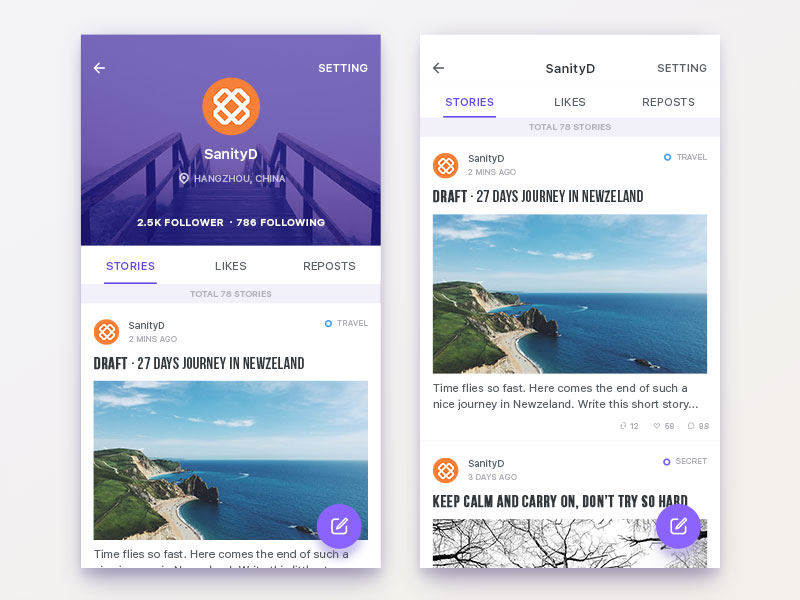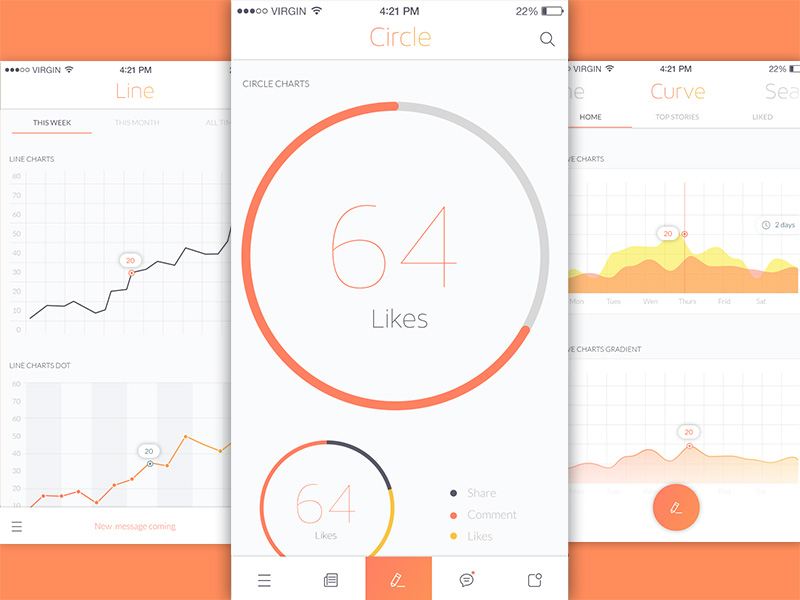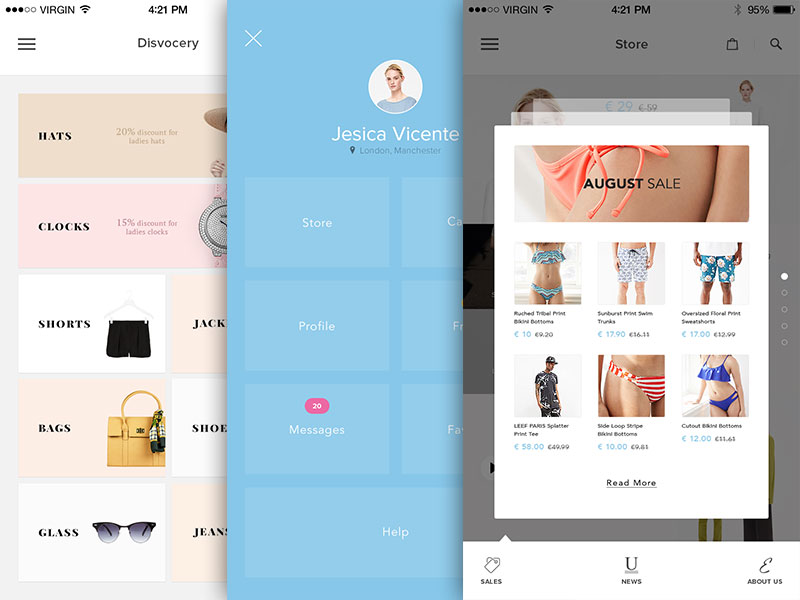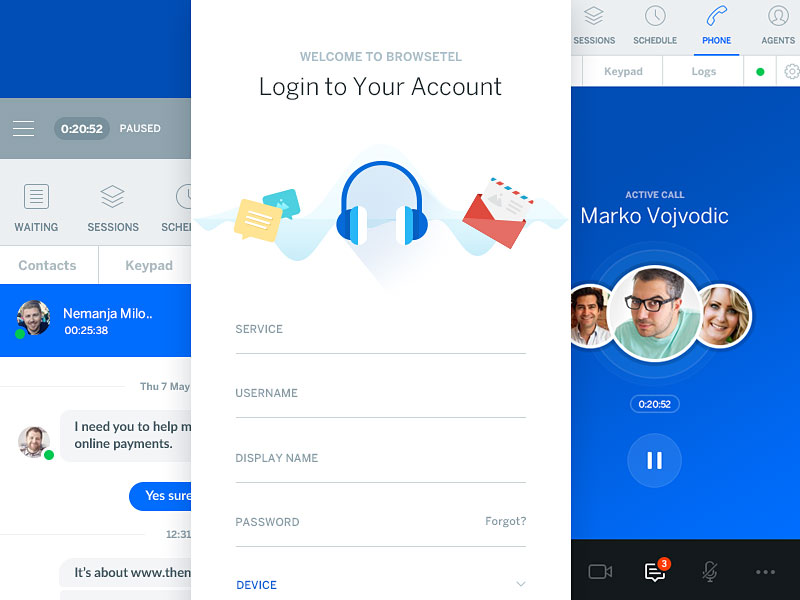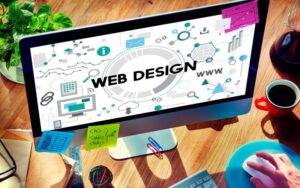A successful business needs innovation and the major challenge is that this is easier said than done. You need to carry out experiments and these are not 100% accurate, as they can go wrong at any time.
These are the factors that influence a company’s interest in innovation. It is hard to commit to spend large amounts of money when you don’t know whether your concept will be successful.
You may be working on your project, creating designs with a new product or be engaged in offering services. The best direction to follow is the use of rapid prototyping.
Image source: SanityD
Prototyping is used in everyday business processes, and it can be efficient. It will help you save a bit of your time and assist you in creating an experience that your customers want.
Trends in technology are changing rapidly, so the question is: how can you fulfill your customers’ wants and needs? The answers come right from customers and prototyping is the tool to use for obtaining them.
What Is Prototyping?
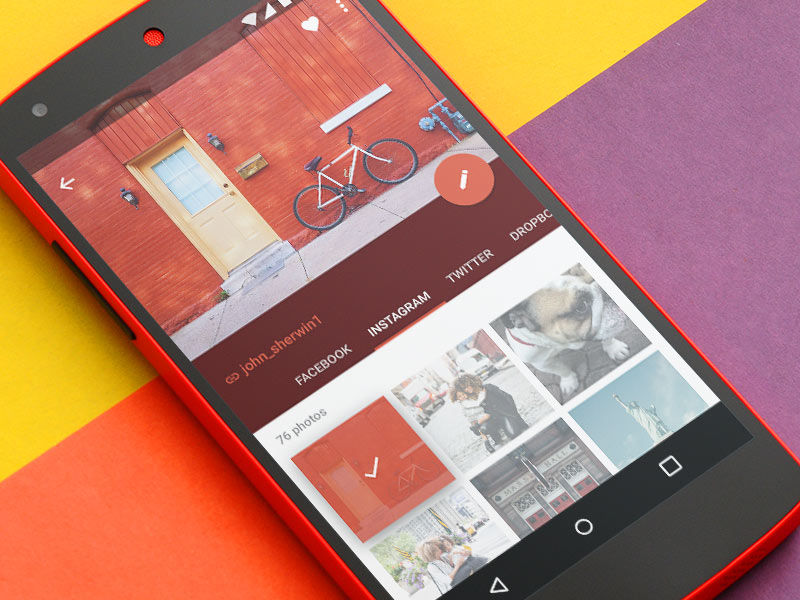
Image source: John Sherwin
Prototyping can be understood as a process of building a model of a product with a demonstration function. Rapid prototyping is, therefore, a tool that we use in agile UX processes.
Instead of setting aside a lot of time to prototype, we spend an hour or two to create multiple click prototypes and allot some time to collect feedback from users. Next, we iterate it, discuss it, and then do a re-test to update our version in the shortest time possible.
Elevate your UI design prowess with the help of these UI Design archives
Try Something New
If you want to use prototyping to design your apps, then be sure you are plunging yourself into the liberty and risk of trying something new.
There is indeed a danger because our markets are not stable, and customers may sometimes be fickle. However, the only chance to succeed is to bring innovation in the way your app is downloaded and used.
There is an advantage in creating a trial working prototype to be used by potential users. This will give you the credence to proceed with your idea.
Rapid prototyping and designs led by users are giving the mobile industry the freedom to fail. In this manner, once you come up with something that turns out not to be right, you only come close to building something better.
The Benefits
Rapid prototyping is a low-cost process. It is also efficient because you can use it to test your assumptions, and then to come up with new features to perfect your experience.
While developing a prototype, we no longer need so much time because we are able to test and repeat our actions again and again in a two-week span.
The Process
This includes the following three steps:
- Prototype stage: In this stage, you are required to transfigure the users’ description of the solutions into replicas, taking note of the user experience and of the best practices.
- Review: After you have a prototype in place, share it out with users so that you find out if it was able to meet their needs and expectations.
- Refine: Collect your feedback from users, and – based on their reports – identify areas that need to be changed and clarified.
The prototype undergoes several stages of development starting off as a small package.
It then grows systematically with changes being implemented until the prototype is finalized and handed to develop the final product.
Use the rule of the thumb that focuses on the 20% functionality, instigating it to be used 80% all the time.
The main reason for building a rapid prototype is to show how something will work or how the design will look like in later stages copying the entire product.
Before You Get Started
Image source: Dwinawan Hariwijaya
First, understand the nucleus of what you want to build so that you can have a clear understanding of your product, its users, and stakeholders.
After that, come up with a plan of what you want to test and the results you expect. Before moving to prototyping, make sure you have the following inspected:
- Discovery: Carry out research on how you want your product to look like, on its stakeholders and personas, ideation, and the customer target you are aiming.
- How you want it to flow: Always remember about the architectural curtailments that might come up, collect user stories and understand the standards of the operating system you are designing for.
- Have a test plan: Plan on how you will check your work, the specific feedback you expect to get, and on how you will conduct your test.
- Simulations: Remember that coherence is essential, but make sure that the quality of the mocks you want to test matches your needs.
Last Recommendations
Image source: Nemanja Milosevic
Don’t make expectations for the process of prototyping and always remember that prototyping is a means to an end and not an end in itself.
Consider also realistic delays and work for hand in hand with users, IT stakeholders, and business. They give out a sense of ownership of the final goods and a valuable feedback.
Don’t consider every change or request that appears out of a prototype review as a new necessity. Evaluate new requirements, but implement only some of them, pushing others for future reference.
Don’t start prototype assessment sessions without proper guidelines for a response. And be always precise about the type of response you want.
Credit for featured image: Valentyn Khenkin
